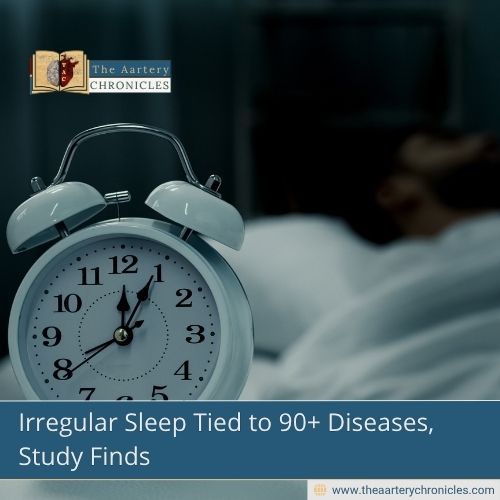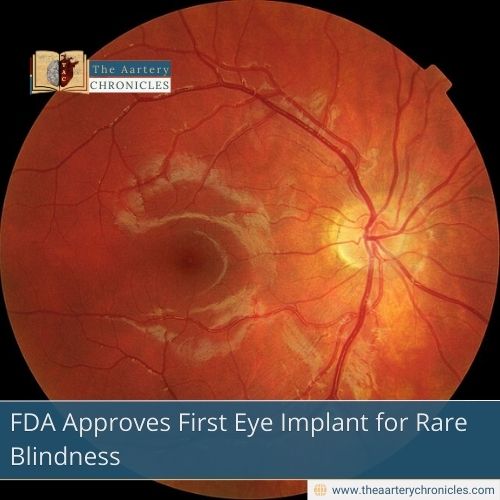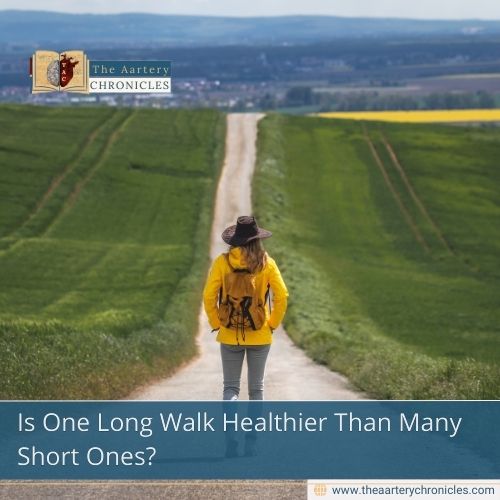
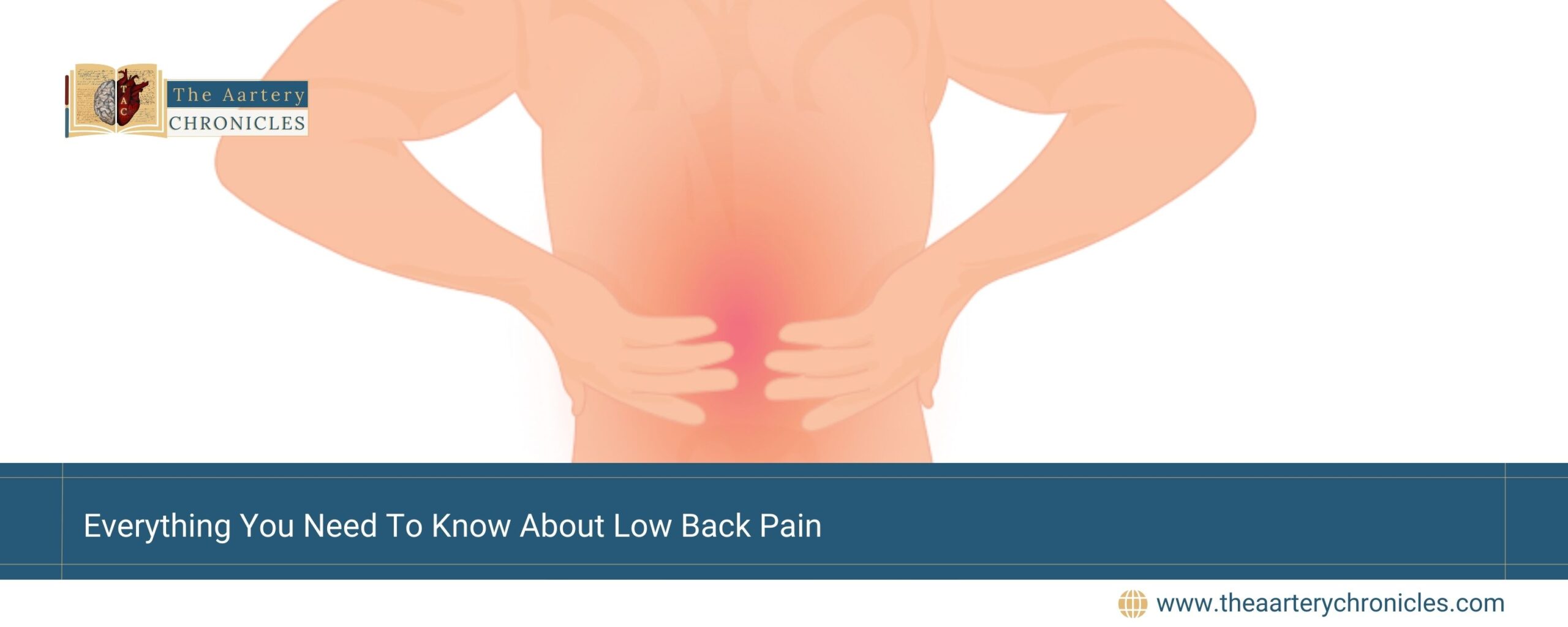
Everything You Need to Know About Low Back Pain
Introduction
Low back pain (LBP) is one of the most common health complaints that can result from injury to muscles or tendons in the back. Other factors that might cause low back pain include arthritis, structural problems, and disk injuries. Lower back pain can make it difficult for people to move and eventually affect the physical and mental being of those affected by the condition.
This article offers a detailed insight into the causes and risk factors of low back pain, along with treatment and prevention strategies to help reduce the likelihood of developing the condition and to promote an active, healthy lifestyle.
What is Low Back Pain?
The low back starts below the rib cage, and low back pain refers to pain between the lower end of the ribs and buttocks. Low back pain can affect anyone, and it can be acute (lasts a few days to a few weeks), sub-acute (lasts 4-12 weeks), or chronic (lasts over 12 weeks) in nature.
Low back pain is typically categorized into two types:
- Specific low back pain (LBP): Specific LBP arises from a particular disease or structural problem in the spine, or when pain radiates from another part of the body.
- Non-specific low back pain (LBP): Non-specific LBP refers to the type of pain when a specific disease or structural problem cannot be identified to explain the pain. 90% cases of LBP are non-specific in nature.
Symptoms of Low Back Pain
The appearance of the symptoms of low back pain can either be gradual or sudden in nature. Low back pain can manifest in various ways, with symptoms varying depending on the underlying cause. Common symptoms include
- Dull, Aching, or Sharp Pain Low back pain can present as a constant, dull ache or as sharp pain in the lower back that may radiate to other parts of the body, especially down the back of the legs (sciatica).
- Limited Range of Motion: Low back pain can limit a person’s ability to move freely, making it difficult to bend, twist, or stand up straight due to stiffness and pain in the lower back.
- Posture Problems: Individuals with low back pain may struggle with maintaining proper posture. They might find it difficult to stand up straight and may adopt a crooked or bent position as a result.
- Muscle Spasms: After a strain, lower back muscles may spasm or contract involuntarily. This can cause severe pain and make it difficult or impossible to stand, walk, or move.
- Spine Related Leg Pain: Individuals with low back pain may sometimes experience spine-related leg pain, known as sciatica or radicular pain. This pain is often described as a dull ache or a sharp, electric shock-like sensation. It may also be accompanied by numbness, weakness, or tingling in certain muscles.
Severe low back pain can also disrupt sleep, contribute to low mood, and cause emotional distress.
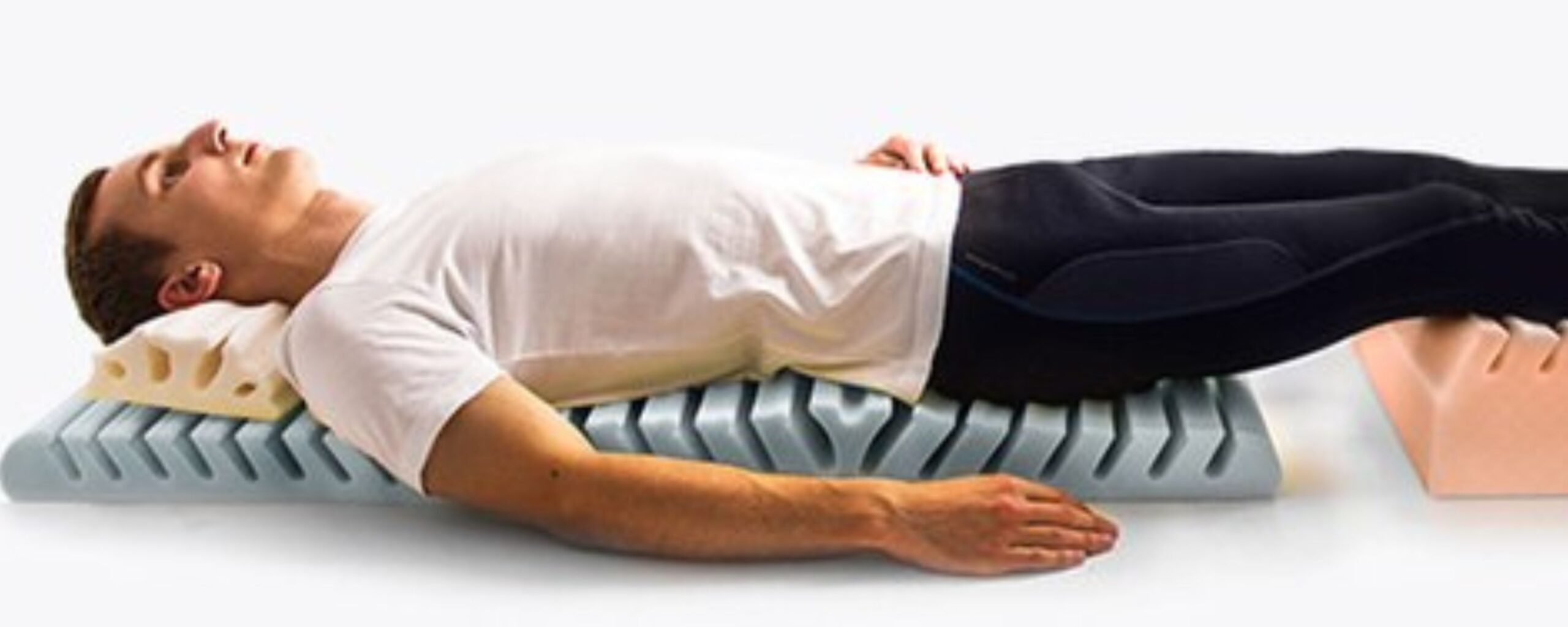
What causes low back pain?
There are several factors that contribute to low back pain, including injuries, certain conditions, and diseases
- Sprains or Strains: Back strains and sprains are the most frequent causes of back pain. It can result from injury to muscles, tendons, or ligaments by lifting something too heavy or lifting it improperly. Additionally, some people may strain their back from sneezing, coughing, twisting, or bending over.
- Herniated or Bulging Discs: Disks act as cushions between the vertebrae. They can bulge and press on nerves or tear, resulting in a herniated disk.
- Degenerative Disk Disease: As people age, disks may flatten and provide less cushioning, leading to pain and reduced mobility. This condition is known as degenerative disk disease.
- Arthritis: Osteoarthritis is the most common type of arthritis that causes lower back pain. Ankylosing spondylitis, another type of arthritis, leads to lower back pain, inflammation, and stiffness in the spine.
- Spinal Stenosis: Spinal stenosis is a structural condition where the spinal column is too narrow for the spinal cord. This narrowing can pinch the spinal cord and lead to sciatic nerve pain or lower back pain.
- Compression Fractures: Weakened bones from osteoporosis, especially in elderly patients, can cause spinal fractures, leading to severe back pain with movement.
- Scoliosis: Scoliosis is a spinal deformity characterized by an abnormal curve in the spine, commonly seen in teenagers or individuals with arthritis. This condition can lead to back pain, and if the curve puts pressure on nerves, it may cause weakness, numbness, and pain in the legs.
- Infections and Tumors: Though rare, infections or tumors in the spine can also cause low back pain.
- Other causes: Other additional causes that may cause low back pain include kidney stones, abdominal aortic aneurysms, or other vascular diseases.
Medical Tests and Diagnosis of Low Back Pain
A doctor will start by reviewing the medical history and performing a physical examination to assess the location and severity of the pain. They may order imaging tests to identify broken bones or other damage. These tests provide a clearer view of muscles, ligaments, and tendons.
Medical imaging tests and studies include
- Spinal x-ray
- CT scan
- MRI
- Bone density scan
- Electromyography
- Blood test
- Urine test
Tension headaches are constant in nature, and individuals dealing with this feel like they are constantly coping with headache pain and pressure.
Treatment for Lower Back Pain
Treatment for low back pain (LBP) depends on whether the pain is specific or non-specific. The treatment approach for specific low back pain focuses on treating the underlying condition that causes the pain. While treatment for non-specific low back pain includes the following
1. Home Remedies for Low Back Pain
Home remedies to effectively manage and treat low back pain include the following:
- Heat therapy
- Cold therapy
- Rice Protocol (Rest, ice, compression, and elevation)
- Warm bath
- Over-the-counter pain medications such as acetaminophen or ibuprofen
Self-care methods and home remedies are helpful only for the first 72 hours, and it is advisable to contact the doctor if the pain doesn’t improve after 72 hours of home treatment.
2. Medical Treatment for Low Back Pain
Medical treatment for low back pain typically involves a combination of medications, medical appliances, and physical therapy.
- Medications: The doctor may prescribe non-steroidal anti-inflammatory drugs (NSAIDs), prescription pain relievers, or muscle relaxants to relax muscles and prevent muscle spasms.
- Physical Therapy: Physical therapy includes both passive and active components. Passive therapy involves treatments such as heat, ice, ultrasound, and electrical stimulation. Active therapy focuses on exercises like stretching, weightlifting, and cardiovascular activities to restore motion and strengthen the lower back.
- Medical appliances: Back braces are commonly used to help alleviate the pain and discomfort in individuals with LBP. These braces are corset-shaped materials that are wrapped around the stomach and back area.
- Hands on manipulation therapy: Several hands-on manipulation therapies are effective in relaxing tense muscles, relieving pain, and improving posture and alignment. Osteopathic manipulations and chiropractic adjustments are among the most commonly used techniques, offering significant pain relief for patients with low back pain.
3. Surgical Treatment for Low Back Pain
Surgery is usually a last resort and may be considered if there is severe nerve compression, structural problems, or persistent pain that does not respond to other conservative treatment options. Some common surgical methods include:
- Spinal fusion
- Disk replacement
- Diskectomy
- Laminectomy
- Vertebroplasty
Five Exercises for Low Back Pain
Exercises for lower back pain typically focus on strengthening and improving flexibility of muscles that support the lower back and reducing muscle tension. Key exercises include:
- Knee-to-Chest Stretch: This exercise helps in stretching and relaxing the lower back, hips, glutes, and thighs.
- Lower back rotational stretch: The lower back rotational stretch targets the lower back and hips to improve flexibility and relieve tension.
- Glute bridge exercises: This exercise targets and strengthens both the glute and abdominal muscles.
- Lower back flexibility exercise: This exercise offers a gentle approach to strengthening the lower back and abdominal muscles.
- Cat and cow stretch: This stretch helps strengthen and relieve tension in the lower back muscles. Performing it both in the morning and at night will aid in loosening the muscles.
Prevention Strategies for Low Back Pain
While it may not be possible to completely prevent low back pain due to the inevitable wear and tear on the spine that comes with aging, there are steps we can take to reduce its impact. Adopting a healthy lifestyle is a good starting point.
Some preventive strategies to reduce the risk of low back pain include:
- Exercise regularly: Combining aerobic exercises like swimming and walking with targeted exercises can maintain strength and flexibility in the back and abdominal muscles.
- Maintain a healthy weight: Keeping a healthy weight can reduce stress on the lower back.
- Use proper lifting technique: It is advisable to employ proper lifting techniques like using legs to do the work rather than the back. Keep the object close to your body, and avoid bending and twisting while lifting.
- Avoid smoking: Smoke and nicotine can accelerate the aging of the spine.
- Use proper posture: A good posture plays an important role in avoiding future spinal and back health conditions.
Conclusion
Low back pain is a common condition that can turn debilitating over time, but with the right approach, it can be managed effectively. By understanding the causes, adopting preventive measures, and exploring appropriate treatment options, individuals can reduce the impact of low back pain and improve their quality of life.
- Low back pain (who.int)
- Low Back Pain - OrthoInfo - AAOS
- Low Back Pain: Causes, Diagnosis & Treatments (clevelandclinic.org)
- Back exercises in 15 minutes a day - Mayo Clinic
- Low back pain - PubMed (nih.gov)
- Common Causes of Back Pain - Types & Treatment | NIAMS (nih.gov)
- Slipped disc: Learn More – Slipped disc – Non-surgical treatment options - InformedHealth.org - NCBI Bookshelf (nih.gov)
- Pain | National Institute of Neurological Disorders and Stroke (nih.gov)



